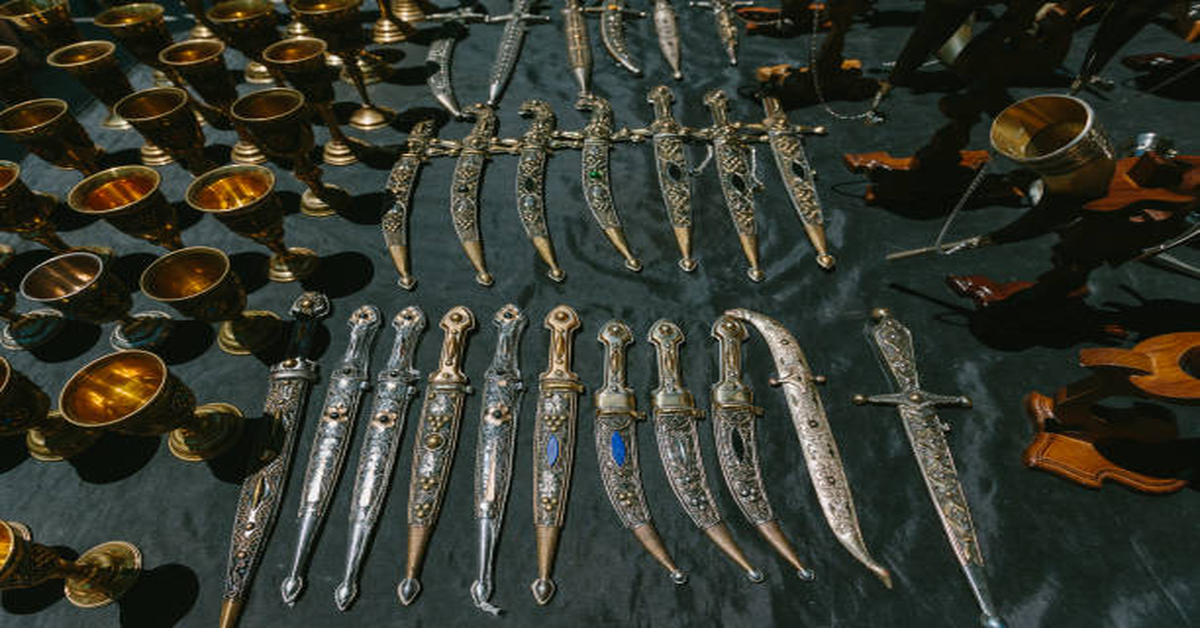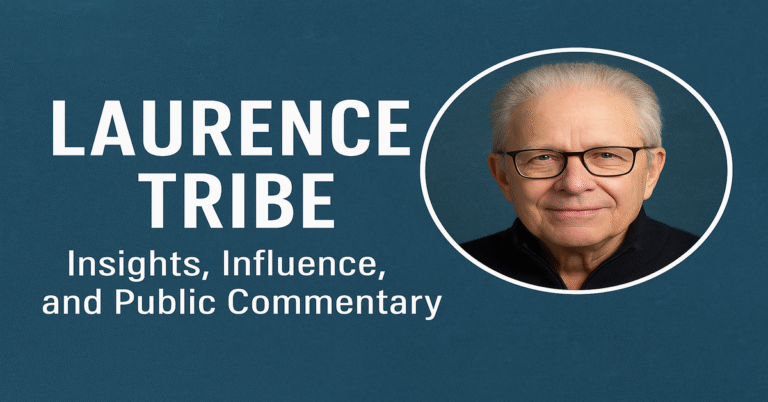
Among the countless tools and weapons developed by humanity, few hold the same symbolic and historical weight as the dagger. Compact yet powerful, the dagger has existed across cultures for thousands of years, serving not only as a weapon but also as a ceremonial object, a work of art, and a cultural symbol of authority, loyalty, and even betrayal. Its double-edged blade and short design make it distinct from knives, giving it a unique identity in the history of human civilization.
To understand the dagger is to explore a journey that spans warfare, mythology, artistry, and symbolism. This article delves deeply into the origins, evolution, craftsmanship, cultural significance, and contemporary role of daggers, offering a comprehensive perspective that captures both its physical utility and its symbolic power.
Origins of the Dagger
The dagger is one of the earliest weapons known to humanity, with examples dating back to the Neolithic period. Early daggers were fashioned from stone, bone, or ivory, serving as tools for hunting, protection, and ritualistic practices. The transition from stone to copper and bronze during the Bronze Age significantly enhanced the durability and sharpness of daggers, making them vital in close combat and symbolic practices.
Ancient Egyptian and Mesopotamian civilizations used daggers as both functional weapons and ceremonial artifacts. In Egypt, for example, a dagger crafted from meteoric iron was discovered in the tomb of Tutankhamun, symbolizing divine connection and celestial origins. This illustrates how daggers were not only practical tools but also held spiritual and symbolic meaning in ancient societies.
Design and Craftsmanship
A dagger’s design sets it apart from other blades. Its short length, double-edged blade, and pointed tip make it ideal for thrusting rather than slicing. Over time, craftsmanship has varied based on cultural context, materials, and intended use.
| Feature | Description |
|---|---|
| Blade | Typically double-edged, sharp, and tapered for thrusting. |
| Handle (Hilt) | Made of wood, bone, ivory, metal, or wrapped leather for grip. |
| Guard | Small crossguard to protect the hand in combat. |
| Sheath | Decorative or functional, crafted from leather, wood, or metal. |
| Decoration | Some daggers feature engravings, gemstones, or inscriptions for symbolism. |
In many cultures, daggers were not only tools of war but also works of art. Jewel-encrusted hilts, intricately engraved blades, and ceremonial scabbards elevated the dagger beyond weaponry into symbols of status and artistry.
The Dagger in Warfare
The dagger’s compact size made it ideal for close combat situations. Unlike swords or spears, daggers were not primary weapons but were often carried as secondary or backup arms. Soldiers, knights, and warriors across cultures relied on daggers when larger weapons were impractical or unavailable.
During the Middle Ages, daggers such as the baselard, bollock dagger, and stiletto became popular across Europe. Knights carried daggers to deliver the final blow to opponents who had fallen in battle. Assassins also valued daggers for their concealability and lethal efficiency, further enhancing their reputation as weapons of stealth and precision.
In Japan, the tanto, a form of dagger, was used by samurai as both a weapon and a tool for ritual acts of loyalty and honor. In India, the katar, a push dagger with a distinctive H-shaped handle, became a symbol of regional martial culture. Across these traditions, the dagger was far more than a blade—it was a reflection of martial identity and cultural values.
Symbolism of the Dagger
The dagger has carried profound symbolic meanings across civilizations:
- Power and Authority: Rulers often carried ceremonial daggers as emblems of authority.
- Loyalty and Honor: In some cultures, offering a dagger symbolized trust or allegiance.
- Sacrifice and Ritual: Used in religious ceremonies, daggers symbolized offerings to gods or ancestors.
- Betrayal and Treachery: The dagger became associated with secrecy and betrayal, as in the phrase “stabbed in the back.”
- Justice and Revenge: Many societies viewed the dagger as a tool of justice, vengeance, or personal defense.
This dual symbolism—as both a noble and a sinister object—makes the dagger unique among weapons.
Types of Daggers Across Cultures
Different regions developed unique dagger forms, each reflecting local traditions, warfare styles, and artistry.
| Dagger Type | Origin/Region | Distinctive Features | Symbolism/Use |
|---|---|---|---|
| Kris | Southeast Asia | Wavy blade, spiritual associations | Ritual object, spiritual power |
| Katar | India | H-shaped grip, push dagger | Martial heritage, warrior identity |
| Stiletto | Italy | Thin, needle-like blade | Concealed weapon, assassination |
| Tanto | Japan | Single or double-edged short blade | Samurai weapon, ritual significance |
| Jambiya | Middle East | Curved blade, ornate hilt and sheath | Cultural identity, honor |
| Baselard | Medieval Europe | Broad blade, often with ornate hilts | Knightly sidearm, battlefield use |
This variety highlights the dagger’s adaptability as both a weapon and a cultural artifact.
The Dagger in Mythology and Literature
Daggers appear frequently in myths, legends, and literary works. In Greek mythology, Perseus wielded a dagger to slay Medusa. In Norse sagas, daggers were associated with heroic quests and sacrifices. Shakespeare’s famous line “Is this a dagger which I see before me?” in Macbeth epitomizes the dagger as a symbol of ambition, guilt, and murder.
In modern fantasy literature and film, daggers often represent stealth, betrayal, or mystical power, reflecting their historical associations while appealing to contemporary imagination.
Daggers as Ceremonial and Ritual Objects
Beyond warfare, daggers have been widely used in ceremonial and religious contexts. Priests, shamans, and leaders used daggers for symbolic acts of sacrifice or to mark sacred rituals. The kris dagger of Indonesia and Malaysia, for instance, is believed to possess spiritual energy and is often passed down as an heirloom.
In Freemasonry, ceremonial daggers called athames are used in ritual practices, symbolizing the cutting away of negativity or directing spiritual energy. Similarly, in Middle Eastern and African traditions, daggers were worn as symbols of manhood, honor, and social status.
Decline and Transformation
With the advent of firearms and modern military weapons, the dagger’s role in combat declined. However, its symbolic and ceremonial value endured. During the 20th century, military daggers were issued as sidearms, not primarily for combat but as symbols of service and honor. Many officers’ dress uniforms included decorative daggers, linking them to ancient traditions of authority and prestige.
Today, daggers are often collected as antiques, displayed as cultural artifacts, or used in ceremonial contexts. Martial arts practitioners and historical reenactors also continue to keep dagger traditions alive.
Daggers in Modern Culture
The dagger remains deeply ingrained in cultural consciousness:
- Military Ceremonies: Modern armies sometimes use daggers in parades and dress uniforms.
- Fashion and Jewelry: Miniature daggers appear as pendants, earrings, or symbolic emblems.
- Pop Culture: Movies, games, and literature often depict daggers as weapons of stealth and mystique.
- Collectibles: Antique and replica daggers are prized among collectors.
Thus, while daggers may no longer dominate battlefields, their cultural presence remains unshaken.
Comparison of Daggers and Knives
| Feature | Dagger | Knife |
|---|---|---|
| Blade Edges | Double-edged | Single-edged (typically) |
| Primary Function | Thrusting in combat | Cutting and slicing |
| Symbolism | Power, betrayal, ritual, authority | Utility, survival, cooking |
| Length | Short, compact | Varies widely |
| Historical Role | Ceremonial, martial, symbolic | Everyday tool, hunting, survival |
This distinction clarifies why the dagger occupies a different place in history and culture compared to knives.
Future of the Dagger
While daggers may no longer be practical weapons of war, their cultural and symbolic importance ensures they will endure. The future of daggers lies in:
- Artistry: Crafting ceremonial and artistic daggers as collectibles.
- Cultural Preservation: Maintaining traditions where daggers are symbols of honor or heritage.
- Education: Teaching history, craftsmanship, and symbolism through museums and cultural programs.
- Martial Arts: Continued use in historical martial arts training and demonstrations.
Conclusion
The dagger is more than just a blade—it is a multifaceted cultural symbol that reflects humanity’s ingenuity, artistry, and complex relationship with weapons. From the tombs of pharaohs to medieval battlefields, from rituals of honor to works of art, daggers have stood at the crossroads of utility and symbolism. While they no longer serve as primary weapons, their role as objects of history, heritage, and identity continues to thrive.
The dagger’s enduring legacy demonstrates how even the smallest of weapons can wield immense cultural and symbolic power, connecting us to traditions, myths, and values across civilizations.
FAQs
1. What makes a dagger different from a knife?
A dagger is double-edged and designed for thrusting, while knives are usually single-edged and intended for cutting.
2. What is the oldest known dagger?
Stone daggers from the Neolithic period are among the earliest, with later bronze and iron daggers emerging in ancient civilizations.
3. Are daggers still used today?
Yes, but mainly in ceremonial, collectible, or symbolic contexts rather than active combat.
4. Which cultures are most associated with daggers?
Notable cultures include medieval Europe, Japan (tanto), India (katar), the Middle East (jambiya), and Southeast Asia (kris).
5. Why are daggers associated with betrayal?
Because of their concealability and use in assassinations, daggers became symbolic of treachery, reflected in phrases like “stab in the back.”







